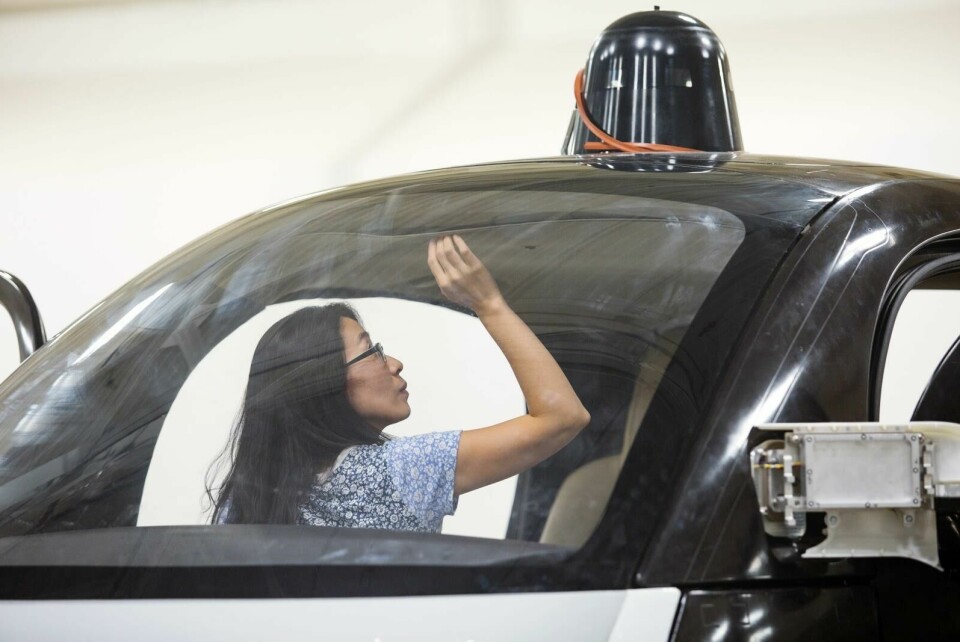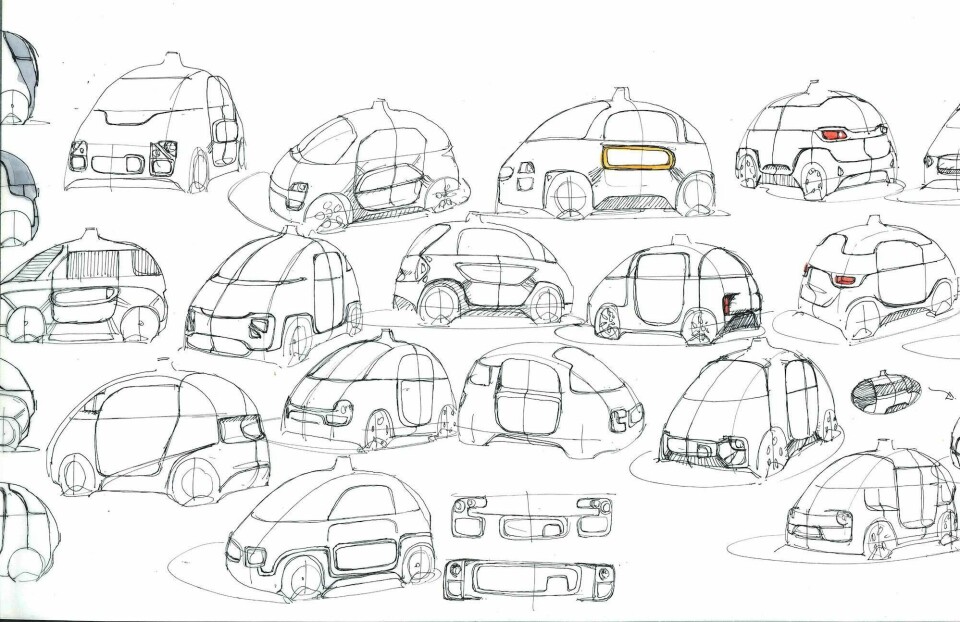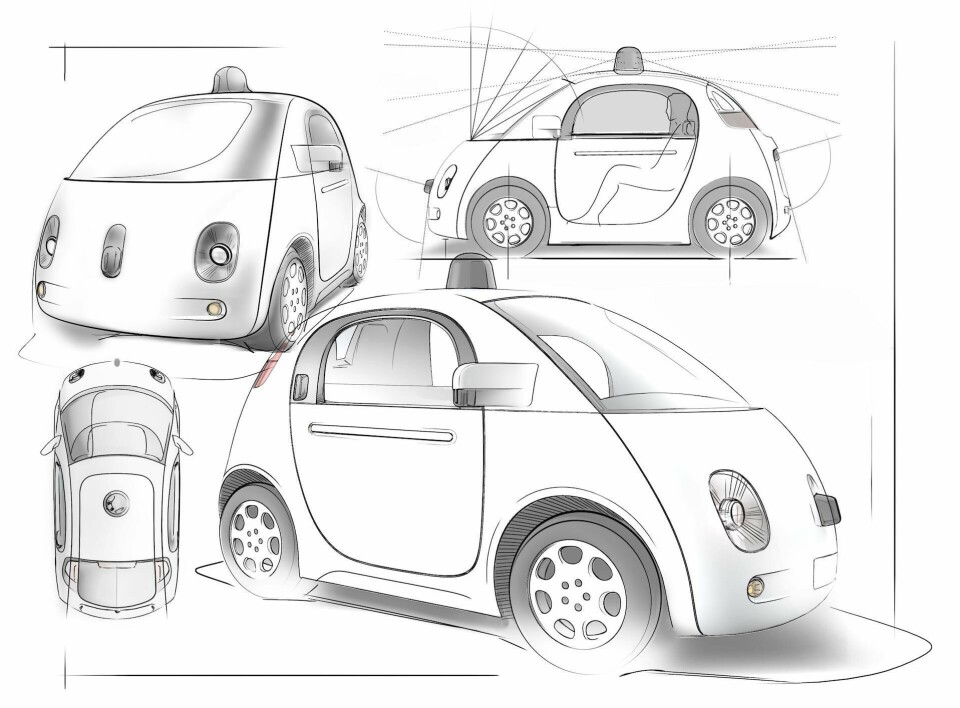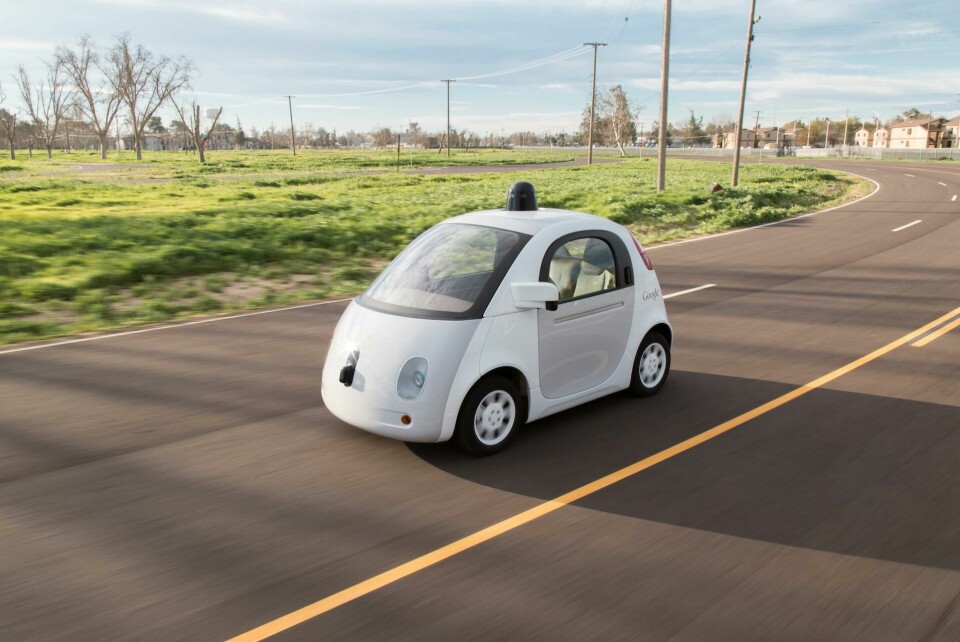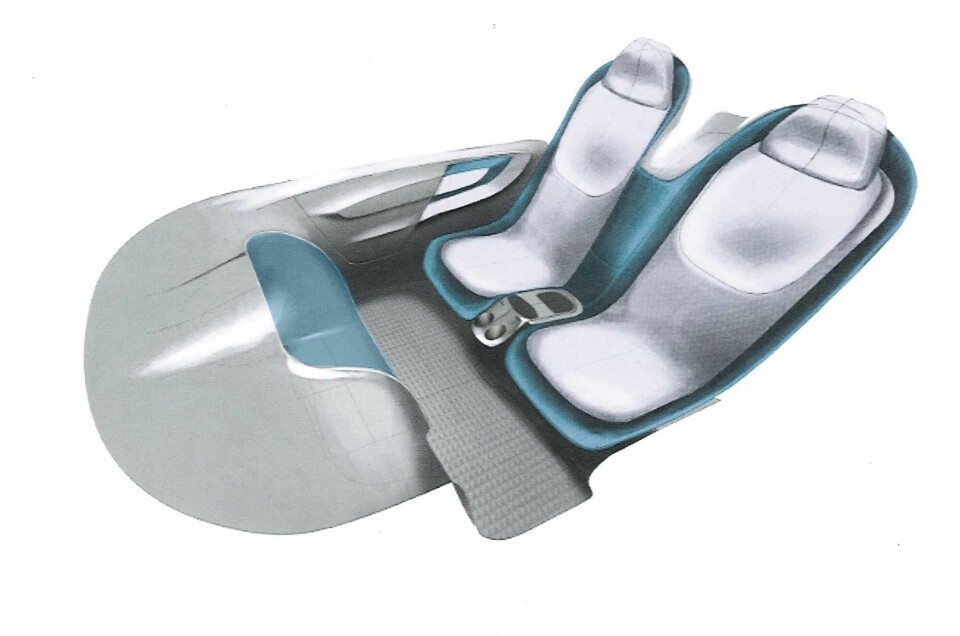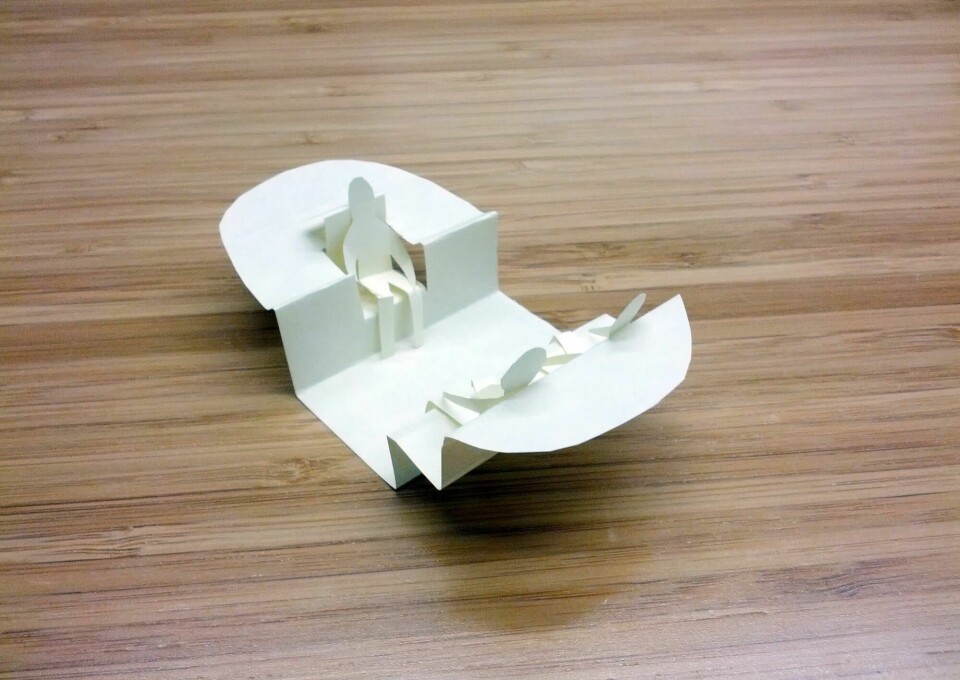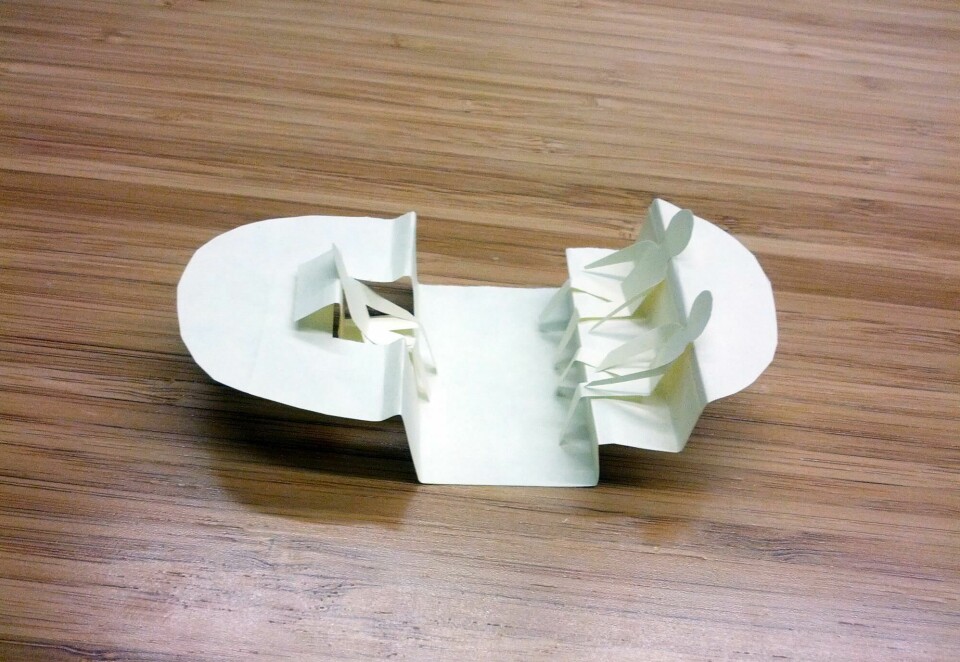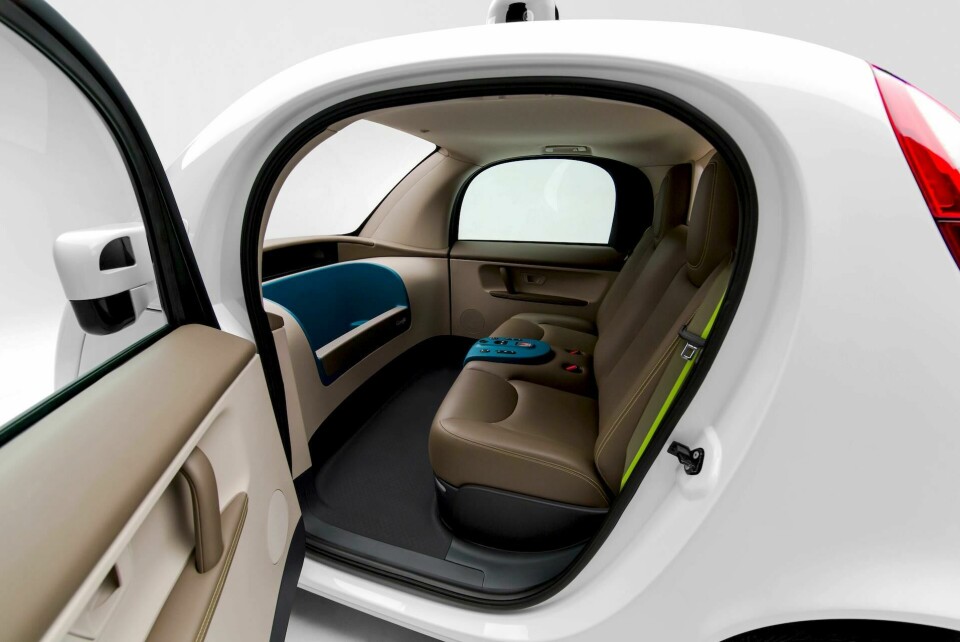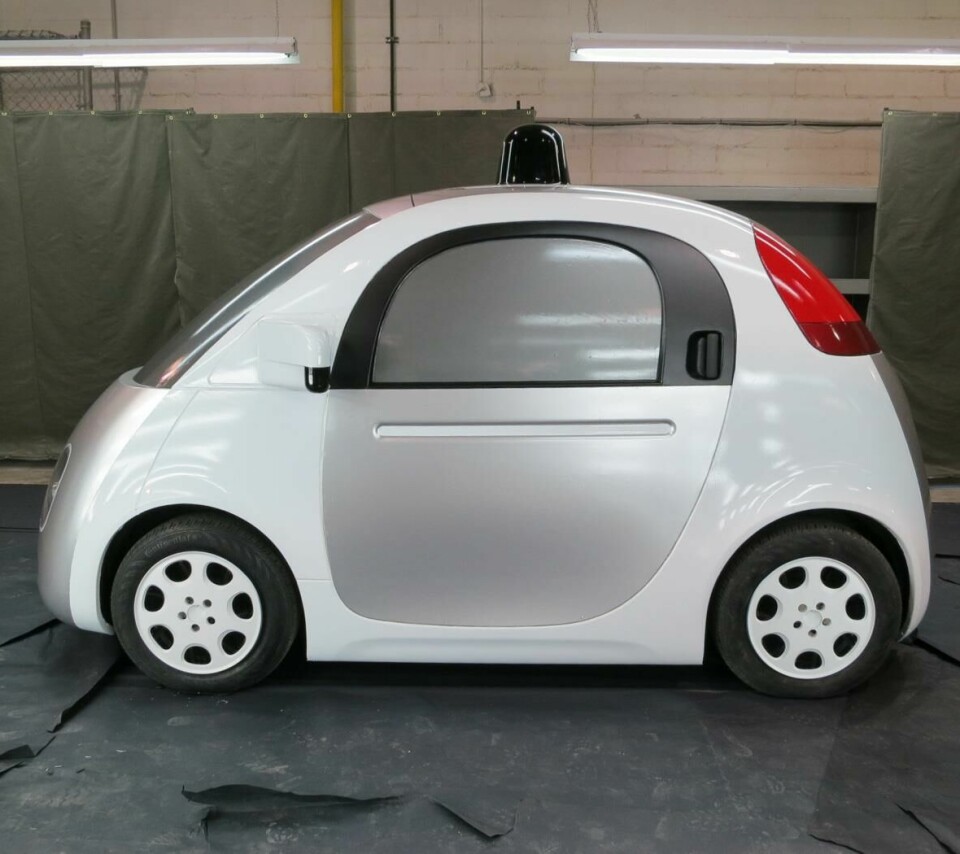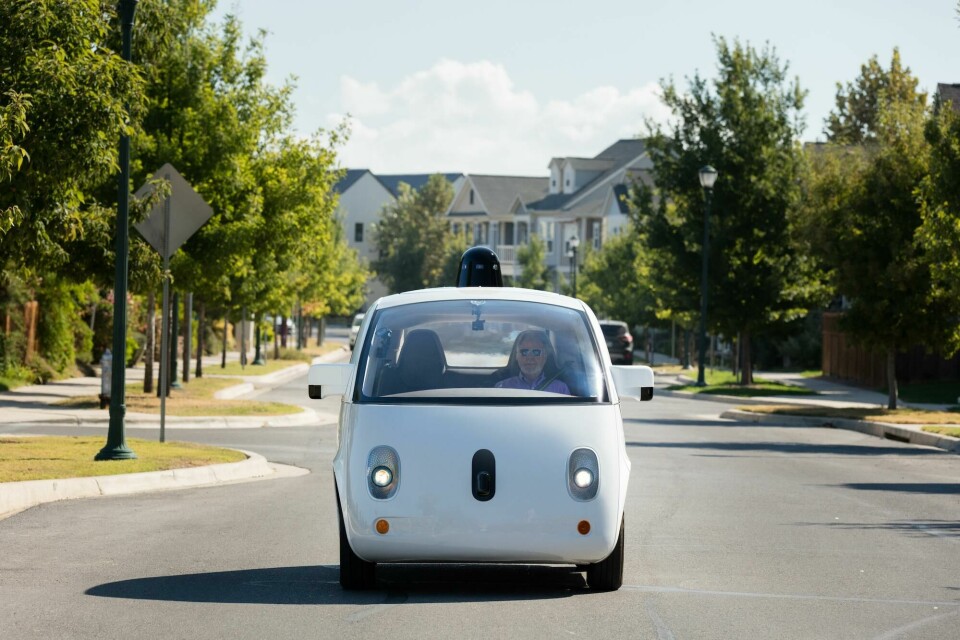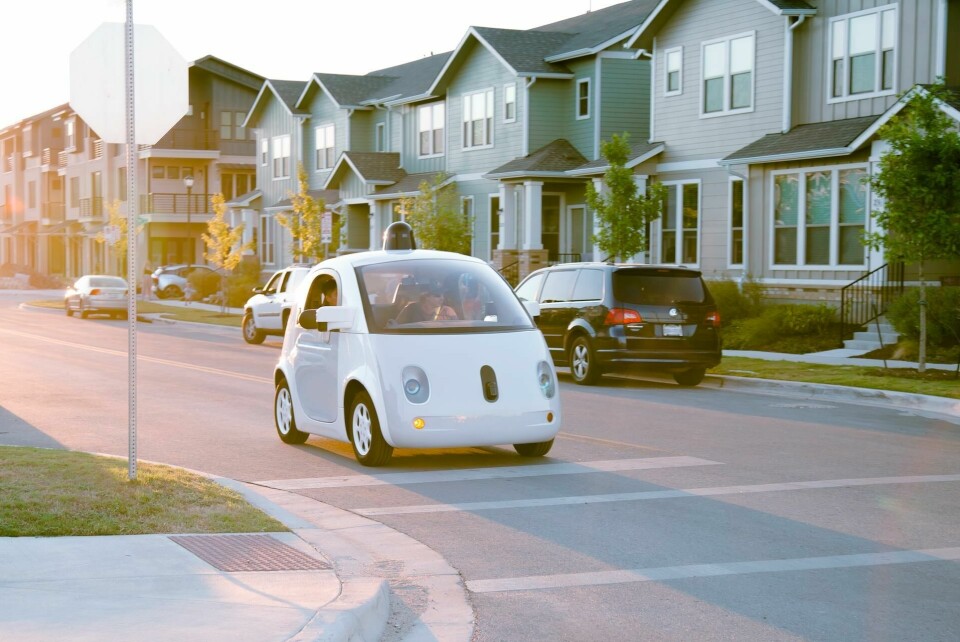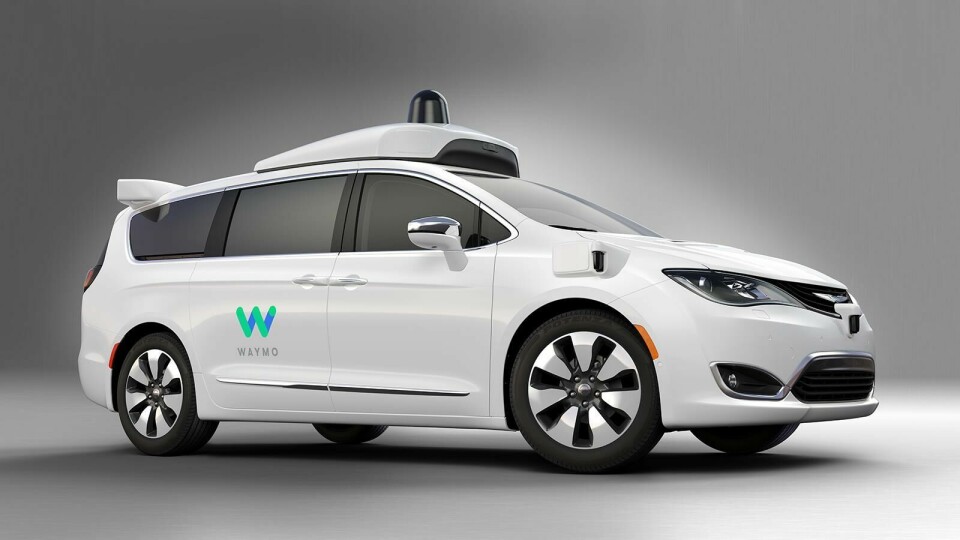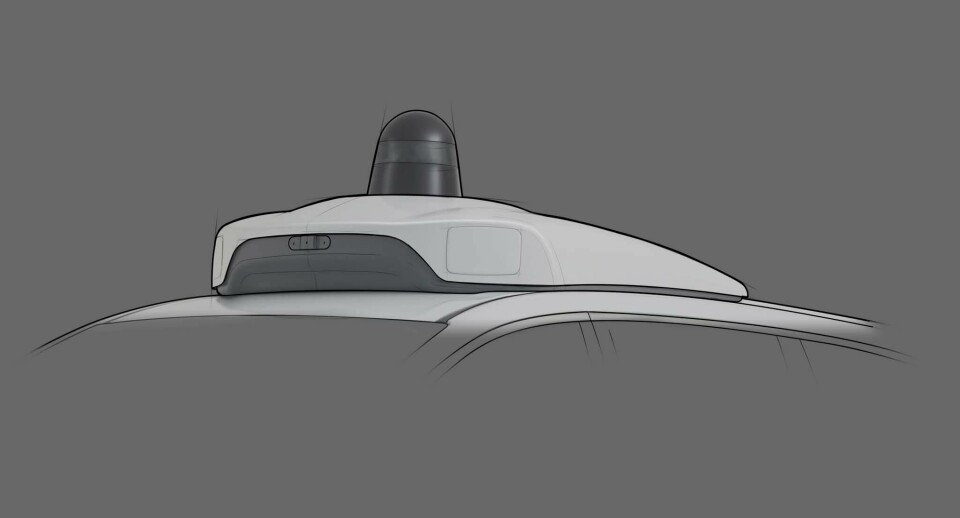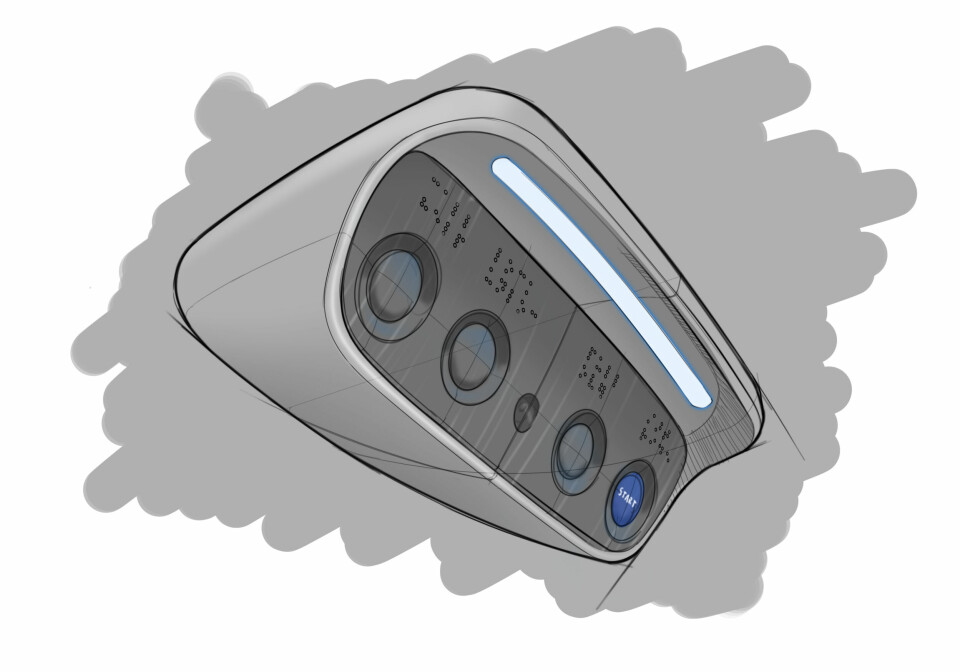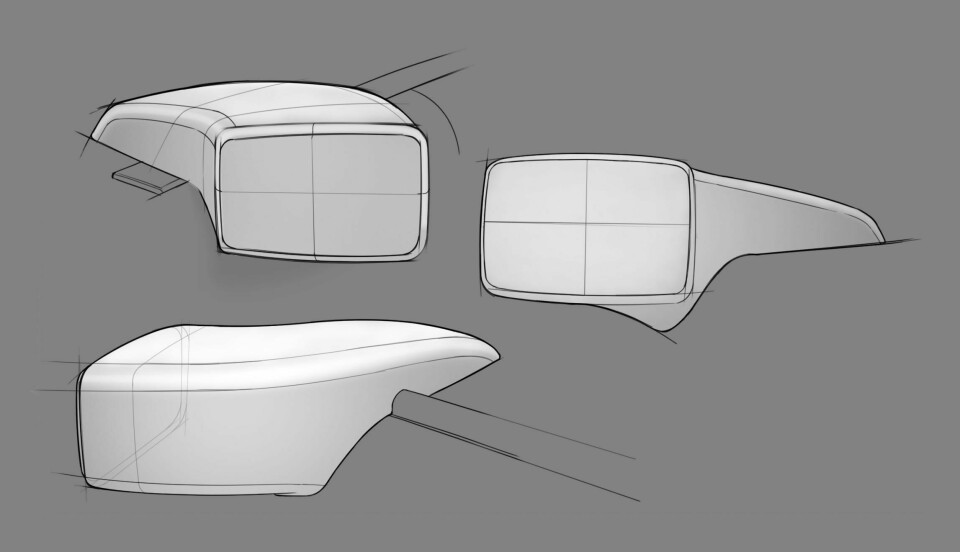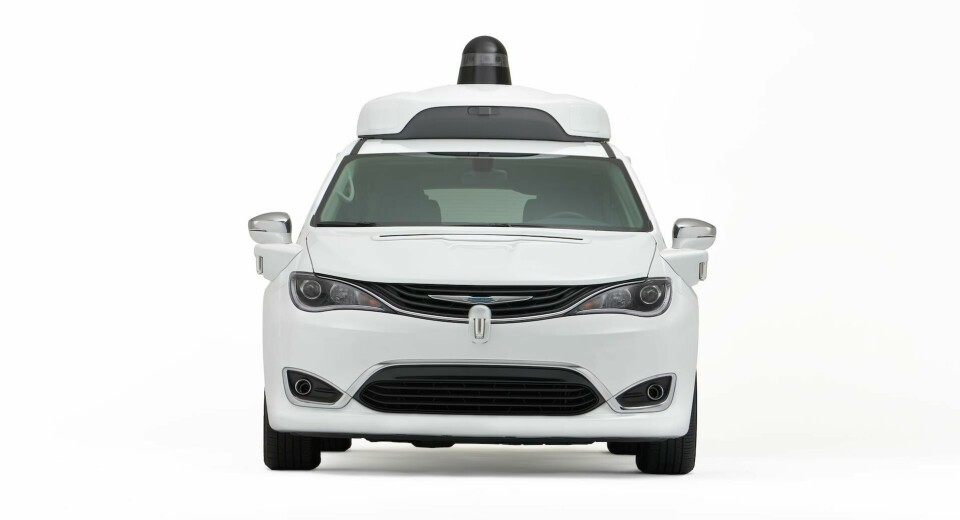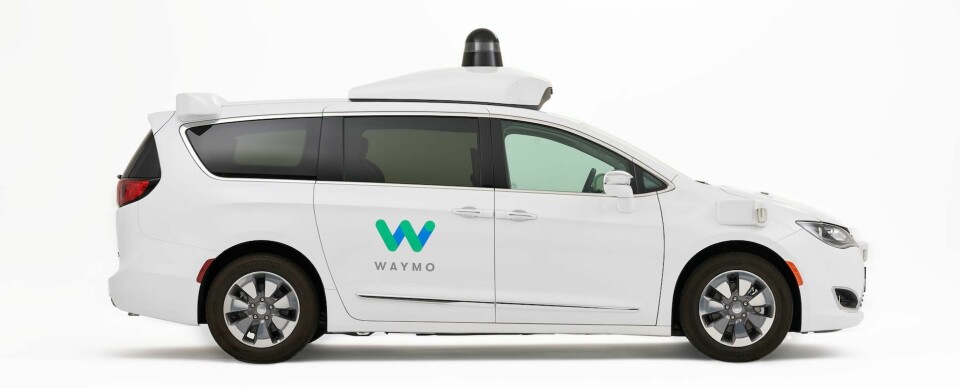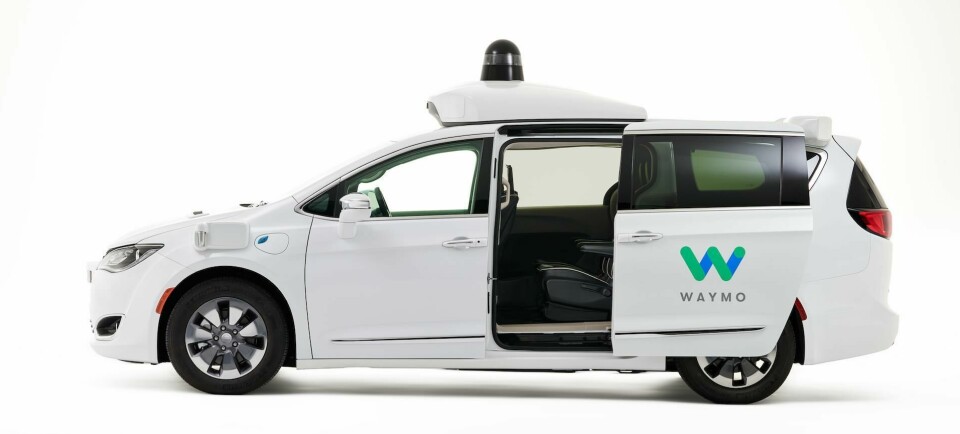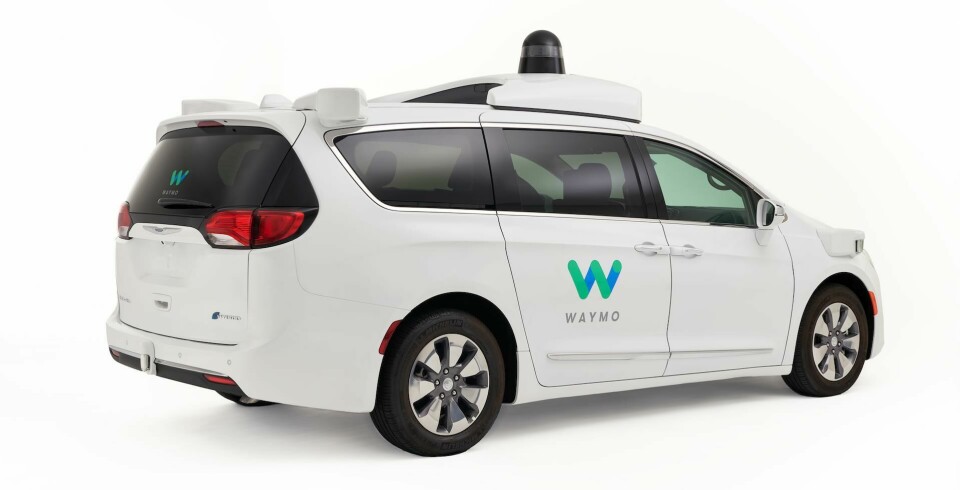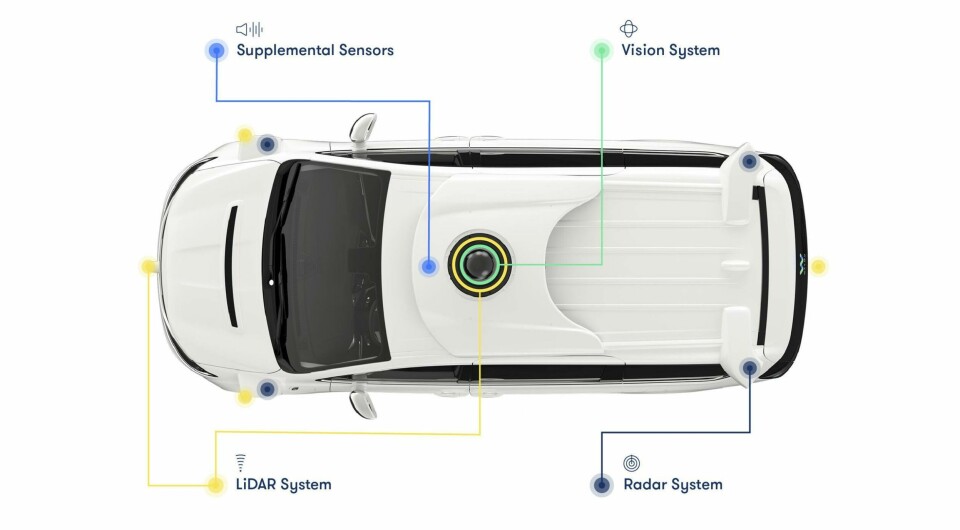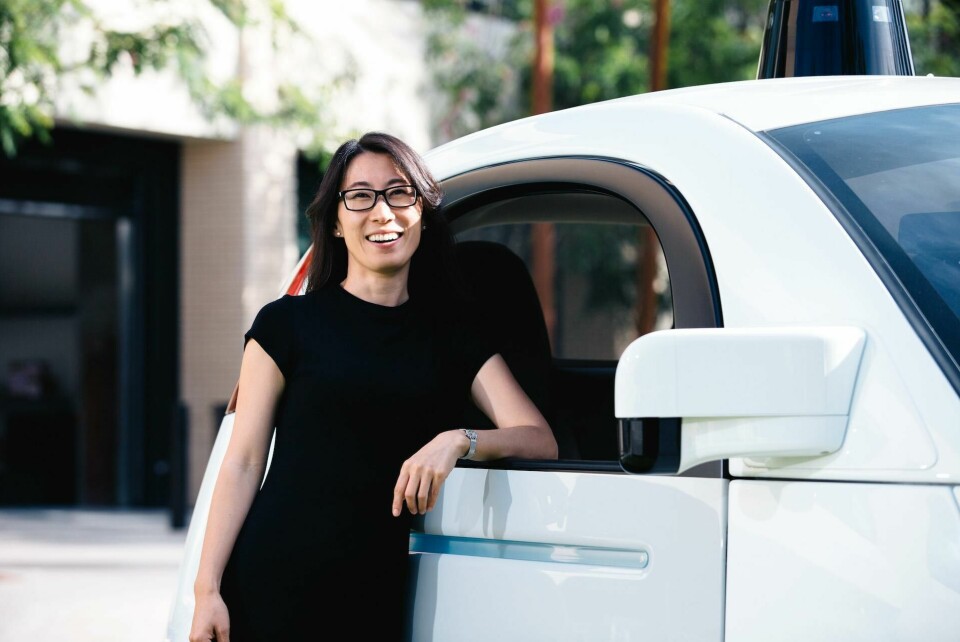
Q&A with YooJung Ahn, head of design, Waymo
Celebrating 10 years of self-driving design development, Car Design News chats to Waymo’s head of design YooJung Ahn

The sight of the Google self-driving car nicknamed ‘Firefly’ on the road in 2014 made the headlines as physical proof of the progress made by the tech giant in autonomous vehicle (AV) development since 2009. The design of that car – with no steering wheel or pedals – was led by YooJung Ahn, a South Korean with an industrial and product design background via Hongik University, LG and a one-year MA in design methods and strategy at the Illinois Institute of Technology, Chicago. As she describes the latter experience: “I wanted to learn the whole package of product development, not just designing.”
After five years at mobile phone maker Motorola from 2007 she joined Google’s X lab in 2012 when it was working on self-driving tech using the Toyota Prius and Lexus RX400h. When Google moved to a bespoke testing platform (the Firefly) in 2013 Ahn became its design leader and by late 2016 she became head of design for Waymo, the new brand name for Google’s self-driving division. In an exclusive phone chat, Car Design News discusses the Firefly, working with FCA and Jaguar and her fondness for Dieter Rams…
CDN: How do you answer critics who say the Firefly is a naive design?
YJA: This vehicle platform was designed for testing, not market adoption. We had a short amount of time to develop it, so we only shaped it for the essential elements of a self-driving vehicle. We focused on softer values, making it overly-friendly. As we were driving this vehicle around town day and night, we wanted people to feel comfortable with the technology, not to stress them. It only took us 18 months to build.
Since then you’ve been working with the more regular Chrysler Pacifica. Did you only choose that car because it is large?
The minivan size is good for our ‘service’. Waymo is a technology company, not a car company. We are not selling cars but a service [trials started in Phoenix, Arizona in late 2018 via the Waymo One service].
The Waymo Pacifica is high-tech but does look like it’s got a peculiar hat on. Did you ever want to aesthetically integrate the hardware better?
The Pacifica was the first vehicle we integrated our systems into. Of course, it would be great to make it look nice, but that wasn’t the right approach for us. It’s a design we wanted to evolve over time.
How is it working with the Jaguar I-Pace now?
It’s definitely fun from a design standpoint, it’s a newer platform, premium and spacious and the first battery-electric vehicle on the Waymo fleet, very different from the Pacifica and Firefly. It’s good to have multiple choices.
Do all AVs need a high roof for the extra sensors?
Not necessarily high-roofed, but the sensors need a proper field of view. High-roofed vehicles have an advantage from an integration standpoint, but it is dependent on vehicle length and size too. Hardware and software are tightly connected, and we design our own sensors as well. What we knew when we started is different from what we know now, so we have to constantly revisit our designs and re-evaluate them. We need to be flexible.
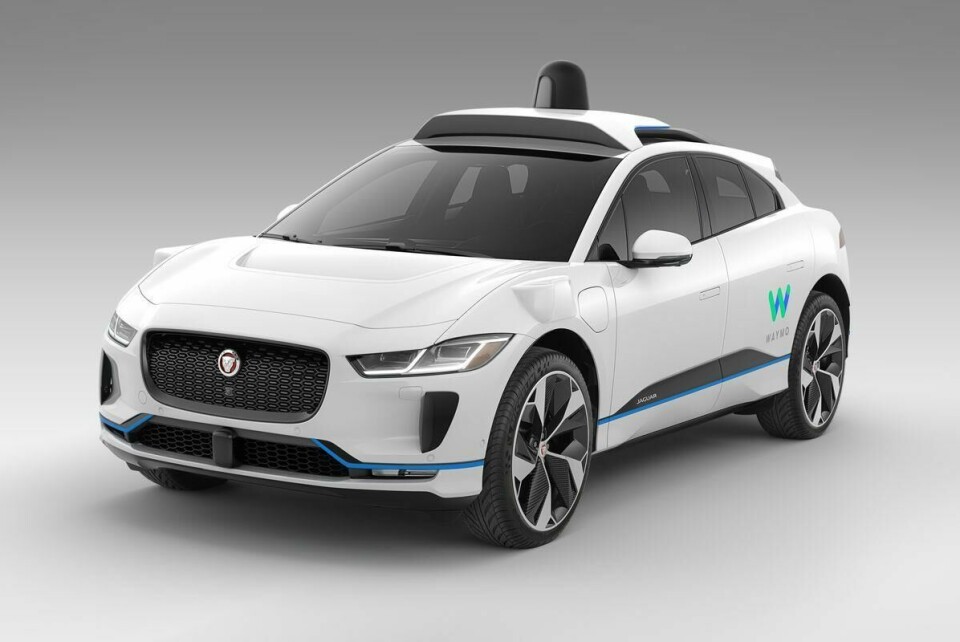
Do you liaise with FCA and Jaguar designers to realise this integration or just take their vehicles and get on with it?
We have quite a lot of separation, but discuss the changes we need to make with them. The design changes are done by us though.
Is your end-game to sell AV tech to start-ups or traditional carmakers?
When the technology is mature and people have enough choices, that will be the starting point for how we differentiate ours for others. I don’t think we, or anybody else, is there yet.
So Waymo doesn’t want to be its own car brand?
[Waymo’s PR interjects here – ‘We’re building a self-driving system and that can be applied to different things. Licensing to other firms is a potential application, but definitely further down the road.’]
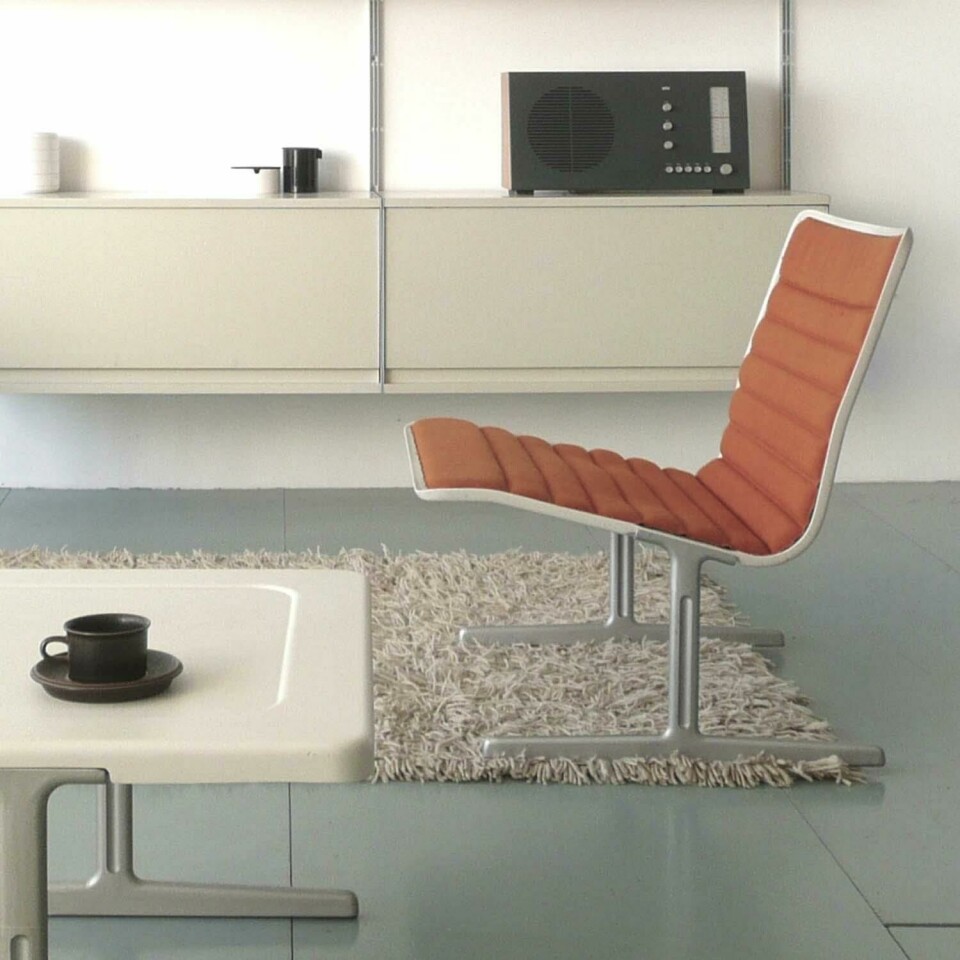
Who are your design icons?
I like product designers more than car designers [she chuckles]. Dieter Rams is one. I don’t love all of his designs, but [do love] the way he thinks about design.
What about car design, or car designers?
I don’t have one person in mind, but I like old Porsche design, its clean aesthetic and elegance and without super-angry lines.
You talk about liking elegant design, but your Pacifica isn’t. Is more elegance in AVs something you’re working towards, not just for its own sake, but to gain wider public acceptance of your technology?
That’s the process we’re going through right now, but our design principles have always been the same – simple, honest, approachable and delightful. At the same time, we are focusing on how to scale our technology fast and be adaptable to many different platforms.
What car do you drive?
An Audi A5, almost ten years old.
How do you think Dieter Rams would design an AV?
[Laughs] I’d have to ask him, but probably he’d make it a lot simpler than I do.
